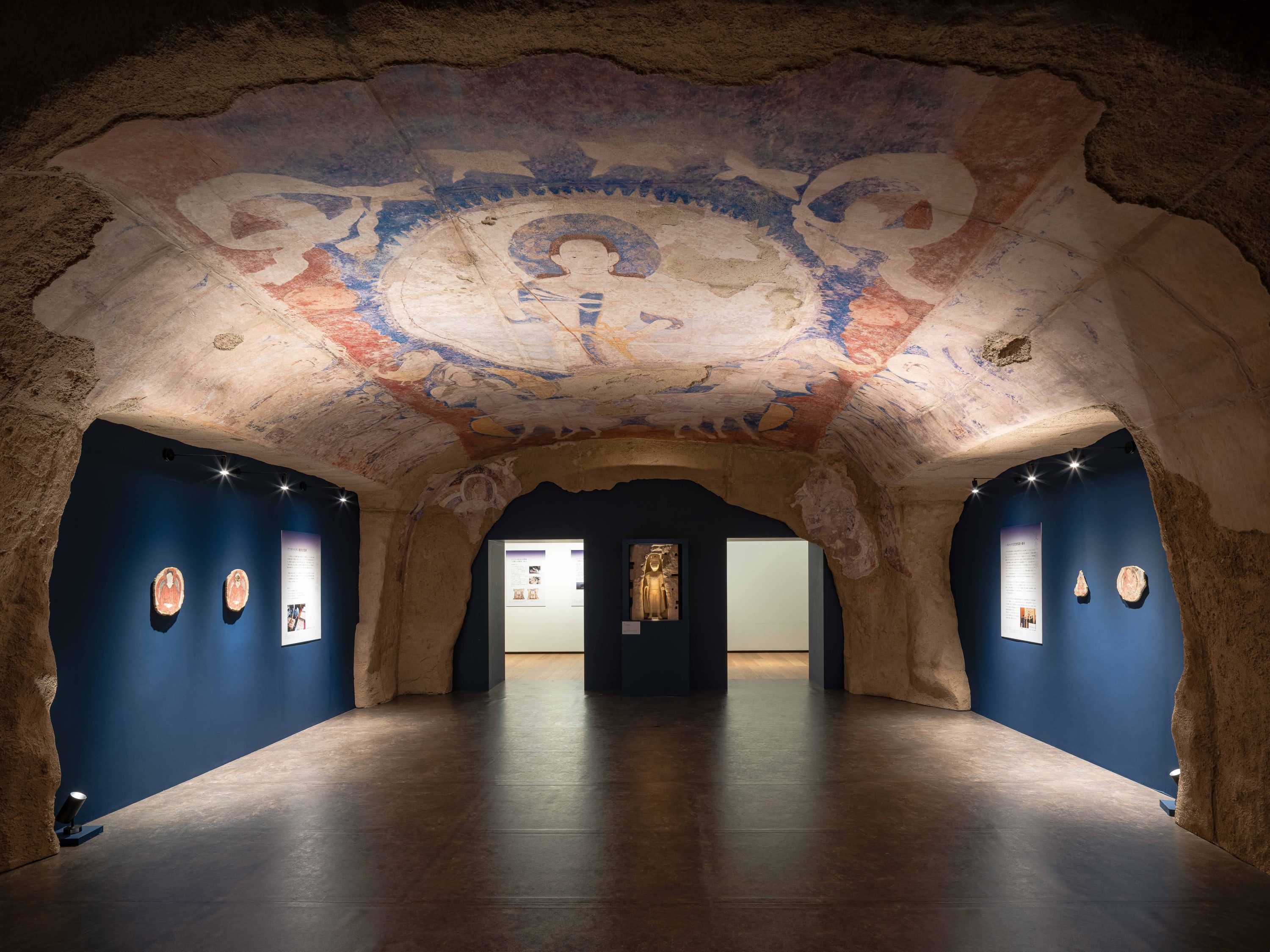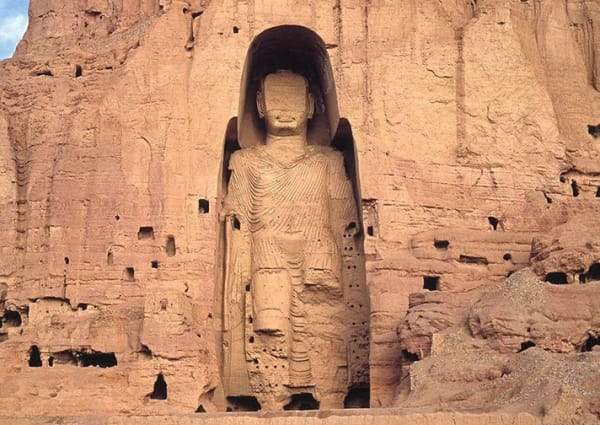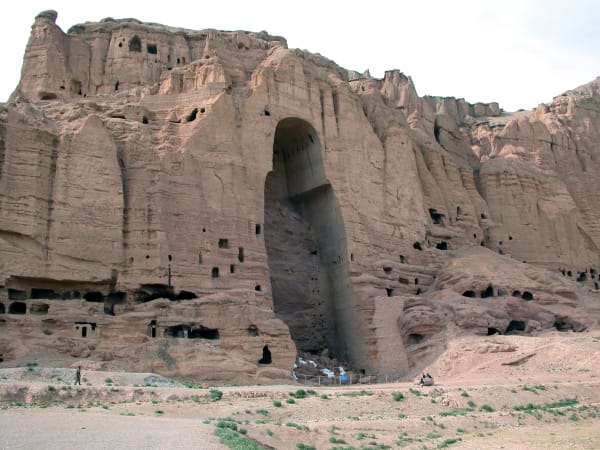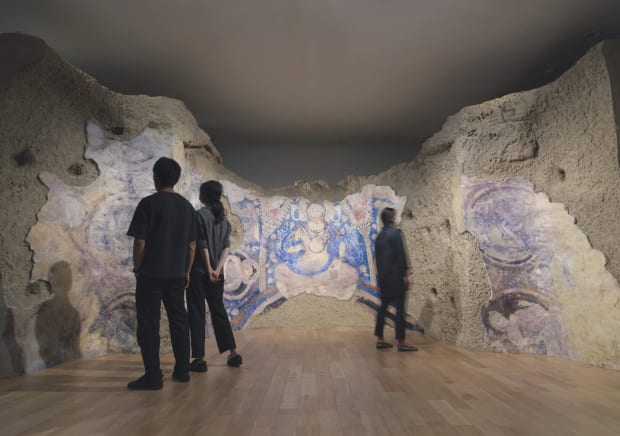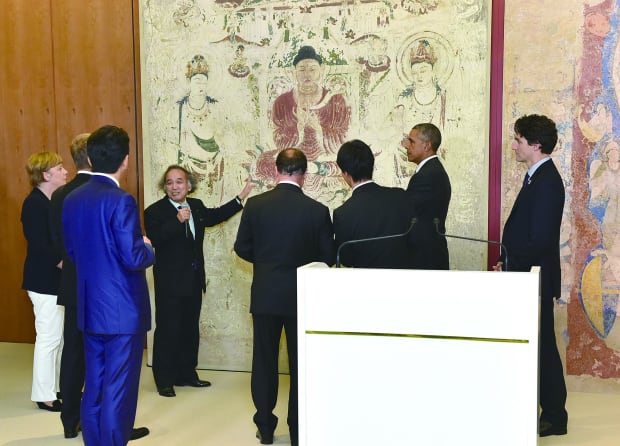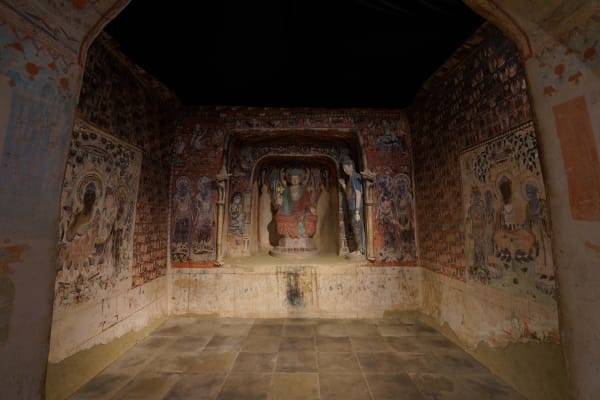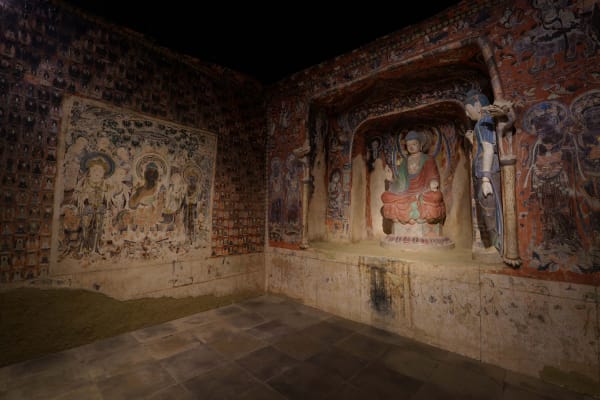Masaaki Miyasako seemlessly integrates science, art, and culture as a conservator and professor of Nihonga painting at Tokyo University of the Arts. Miyasako has long traveled the world learning from cultural relics, and his visits included the ancient site of Bamiyan in Afghanistan. Carved into a mountainface in the sixth century, cave paintings and two gargantuan Buddhas venerated the expansion of the religion both to the east and west. Despite the site's UNESCO protection status, Taliban militants razed all traces of Bamiyan's history in 2001.
Appointed research leader of the Institute of Knowledge and Inspriation (IKI) at the direction of the Japanese government for the preservation of world cultural heritage, Miyasako saw a grand opportunity to restore portions of what was lost at Bamiyan. Alongside renowned museums and Tokyo University, Miyasako's team rendered perfect replication of relics and set a new gold standard for arts conservation and restoration everywhere. Miyasako shared the work of IKI with world leaders including those of the United States, Germany, France, Japan, and Canada at the G7 Summit in 2016. A special exhibition of IKI's accomplishments was staged at the Tokyo University Museum of Art.

 Scenes of Bamiyan ruins restoration, 'Clone Cultural Arts Project,' at Tokyo University Museum
Scenes of Bamiyan ruins restoration, 'Clone Cultural Arts Project,' at Tokyo University Museum Miyasako's lecture to Barack Obama, Shinzo Abe, Angela Merkel, Justin Trudeau, and François Hollande (among others) at the 2016 G7 Ise-Shima Summit in Japan
Miyasako's lecture to Barack Obama, Shinzo Abe, Angela Merkel, Justin Trudeau, and François Hollande (among others) at the 2016 G7 Ise-Shima Summit in Japan